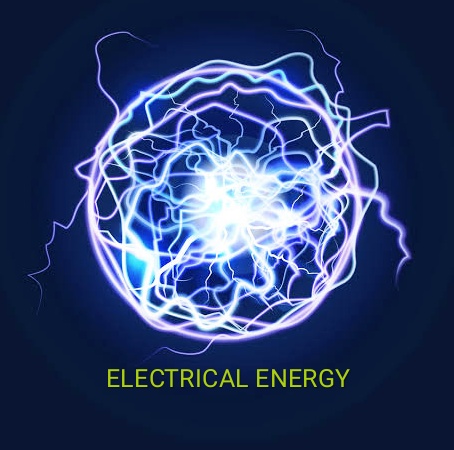CLASSIFICATION OF NETWORKS
CLASSIFICATION OF NETWORKS
 |
| Classification of Network |
The electrical networks may be classified in a number of ways depending upon following.
(i)the kind of elements of which the network is composed of and on the basis of their properties
(ii)in terms of the general properties of its responses to excitation applied to its input terminals.Thus,we have linear and non linear networks, time invariant and time variant networks, active and passive networks etc.
Linearity:
In a linear network, the voltage-current relationship is show by a linear
equation.
Suppose the network to be classified is under relaxed condition such that the initial condition is zero and an excitation e1(t)is applied for which the response is c1(t)and for excitation e2(t), the response is c2(t).Then the network is classified as linear if for excitation e1(t)+e2(t), the response is c1(t)+c2(t).This shows that a linearity follows superposition principle.
Hence,from physical point of view, it may be said that a necessary condition
for a network to be linear is that the principle of superposition applies.
The validity of the principle of superposition means that the presence of one excitation does not affect the responses due to other excitations and there are no interactions amongst the responses of different excitations in the network.
Hence,we conclude that a network is linear if it satisfies the above principle
of superposition;otherwise it is nonlinear.
Time-Invariance:
A network is said to be time-invariant if the network produces the same
Response to a given excitation irrespective of time of application of excitation.Thus, If the response to an excitation e(t) is c(t). then in time-invariant network,the excitation e(t+t,) will produce a response c(t+t1) where t1 is any time. This implies that the values of network component is constant at all time and do not change with time in a time - invariant network
If the parameters vary with time than network is called a time - varying network
Reciprocity:
Some networks have the property that the response produced at one point of the
network by an excitation acting at another point is invariant if the positions of excitation and response are interchanged depicts a network having no initial energy storage.
 |
| GENERAL NETWORK |
The network is excited by a voltage v1(t)at terminals 1-1'and the response is the current i2(t) in the short-circuited terminals 2-2'.In Fig the excitation is applied to the same network at terminals 2-2' and the response is the current in the short-circuited terminals 1-1' with the
same polarities.The network is said to be reciprocal,if and only if i1(t)=i2(t)when v2(t)=v,(t) otherwise,it is non-reciprocal.
Lumped and distributed networks:
The preceding classification of the networks was based on the basic behaviour of the response of the network. However networks may be classified in a number of other ways such as lumped and distributed networks,one-port and two-port networks,unilateral and
bilateral networks etc.
Unilateral and bilateral network:
In bilateral element the voltage current relation is the same irrespective of direction of flow of current in it e.g.resistance,inductance,capacitance etc.In constract, a unilateral
element has different voltage-current relations for two possible directions of flow of current such that diode,rectifier etc.





Comments
Post a Comment